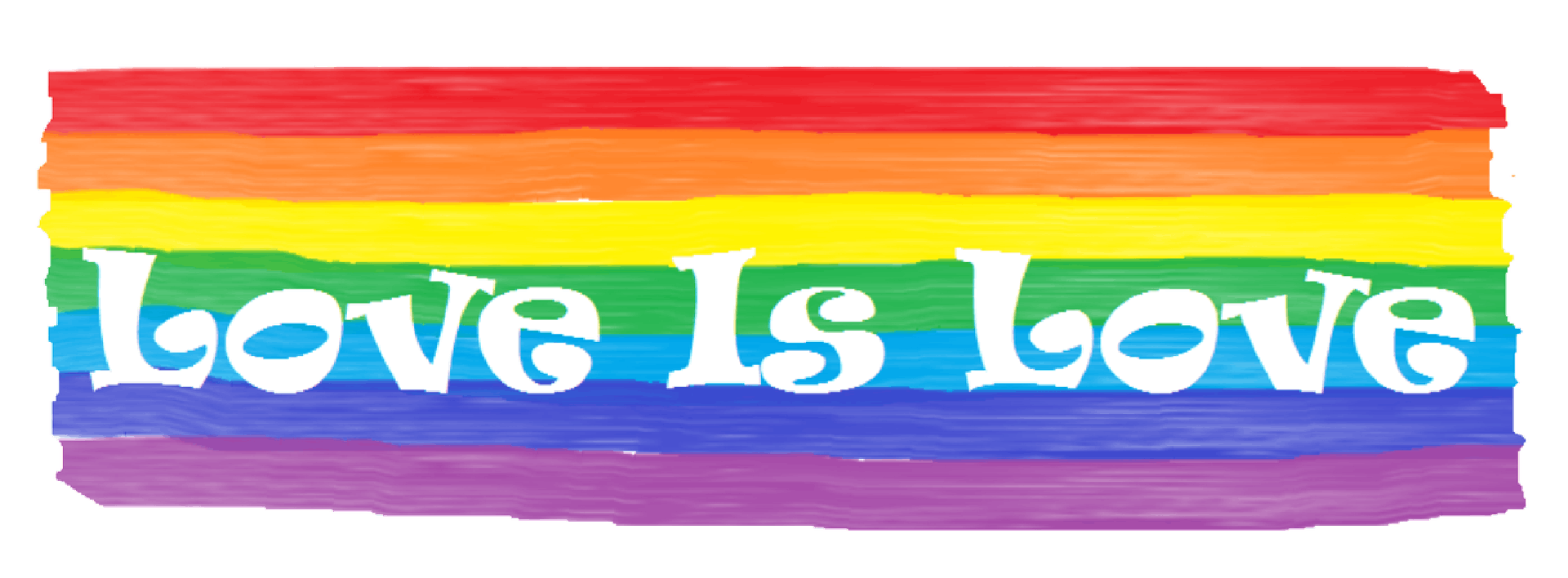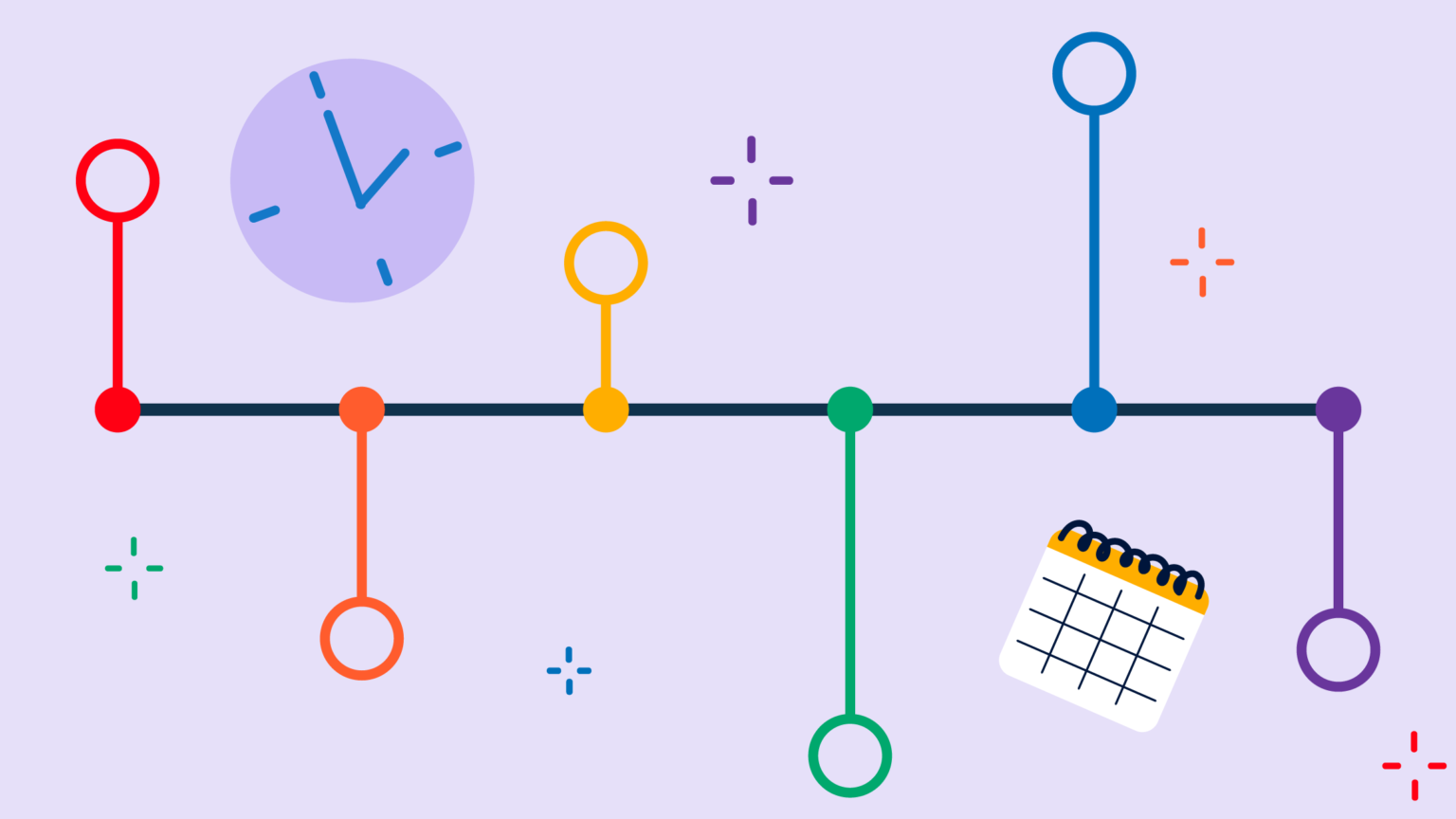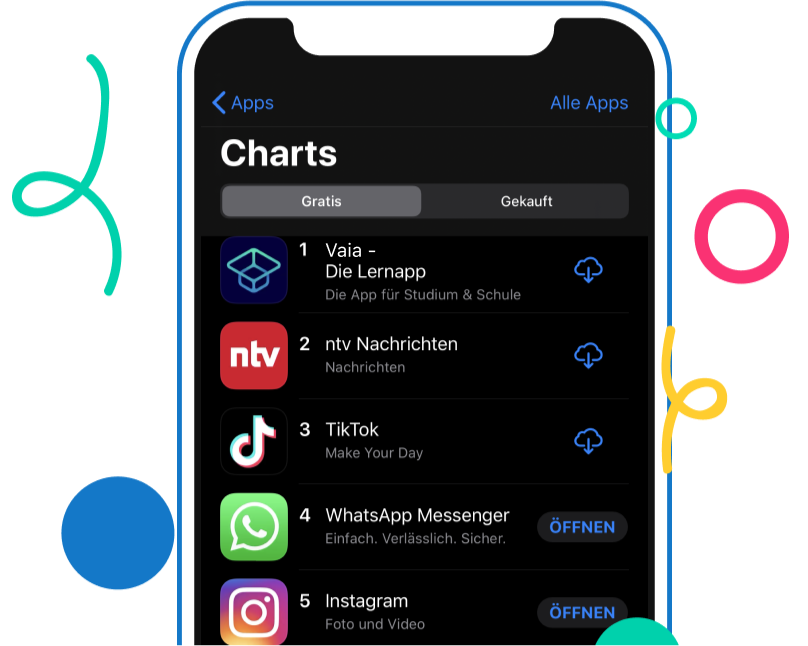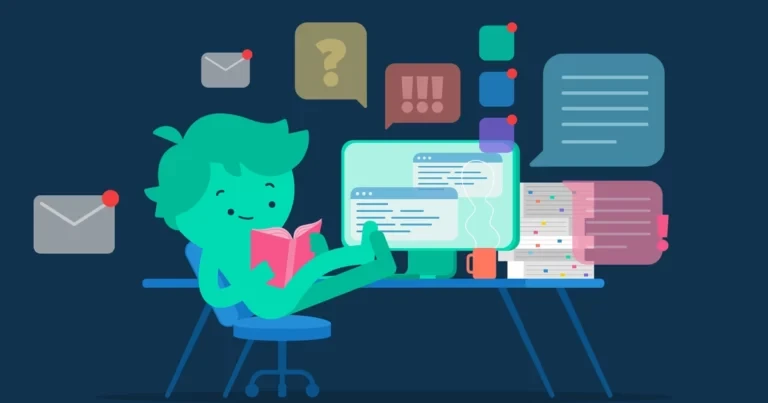LGBTQ+ History US – From “Freedom” to Freedom
The time machine is ready and loaded, bags are packed (PS, no need for extra luggage, we’re only out for a day!), and I hope you’ve brought your notebook and pens – this is a history lesson you wish you’d had in school!
There are two ways to begin this lecture: Either we go AAAAALLLL the way back to Great Britain (because although you may hate it, that’s where the US came from!), or we start from the American Revolution. While I love to point out that Celts and Ancient Romans were perfectly fine with homosexuality, their acceptance of it didn’t last. With the slow and steady conversion to Christianity came many restrictions.
Things came to a head in 1533 when King Henry VIII passed the Buggery Act, which prohibited “unnatural sexual conduct.” In other words, it was, legally speaking, the end of homosexual relationships. The law was re-enacted three times and made permanent in 1541. And you thought Henry VIII was bad?
We’re Out of Here! To the New Land!
The Tudors, lovely people, preserved and maintained the law, and although there were some court lords and ladies who had secret affairs (or not so secret, are they, Queen Anne?), the general animosity toward the LGBT community persisted and was carried in boats and ships across the pond and into the United States of America. By the time Washington, Hamilton, and the rest of the cast and crew sang their “Yorktown” hymn and established their big democratic dream, “sodomy” was considered an offense punishable by death.
Webster’s American Dictionary of the English Language included the term “gay sexual practices” in its 1828 edition, but it mainly took it to mean sexual acts between two men (which were further described in very biblical terms, as you can imagine). Webster ignored lesbians until 1869 and 1894, when the terms homosexual and bisexual entered the dictionaries and were incorporated into the language.
The Notorious Nineteenth Century
We’re flying over the nineteenth century in the US, which was marked by multiple motions for freedom. The Civil War was fought and officially won, and the LGBTQ+ community was slowly emerging. For instance, the quintessential American poet, Walt Whitman, was most likely gay, and historians spent over a hundred years debating (in fact, they still are) whether Abraham Lincoln was gay too! Juicy though that piece of gossip may be, what’s more important is that both men aggressively denied the claims, which tells you about the hostile climate around the idea at the time.
Still, no matter how much the right-wing wanted to stifle whatever they thought was unnatural (ahem, it was just SO natural to keep slaves, right?), the LGBTQ+ community didn’t disappear. How do you want to treat the fact that Westward Expansion was dominated by men (90% at least)? Ever heard of Charlie Pankhurst? He was a stagecoach driver, born as a woman but lived his entire life as a man. How about Jane Addams, one of the most prominent philanthropists of the time? She was most definitely homosexual.
Speeding up: LGBTQ+ History Timeline in the US
You know what’s great about my history class? I don’t give tests or grades (I do that for literature 😉), so you don’t need to memorize every date from this little timeline. Here are some of the more important bits to remember. And to make it a little more uplifting, we’re going for (mostly) positive changes as we enter the twentieth century:
| 1907 | Gertrude Stein, one of the most influential modernists, meets her star-crossed, legendary lover, Alice B. Toklas. Stein publicly declares her love for Toklas in the latter’s autobiography.
In the same year, Magnus Hirschfeld, a German Jewish physician, openly states that homosexuality is a normal and natural thing. |
| 1917–1935 | The Harlem Renaissance, which was as gay as it was black, celebrates the LGBTQ+ community, with many of its propagators identifying as LGBTQ+. |
| 1919 | Hirschfeld establishes the Institute for Sexual Science in Germany. What are we doing in Germany? Well, still living there for now, but as Antisemitism gained momentum, Jews fled to the US and brought their beliefs too! |
| 1924 | The Society for Human Rights, the first gay rights organization, is established. It was shut down after most of its members were arrested. Still some ways to go. |
| 1928 | Radclyffe Hall publishes a groundbreaking lesbian novel, The Well of Loneliness, which opens the discussion of LGBTQ+ (FINALLY) in the US. |
| Intermission
WWII |
Gay men were treated as atrociously as Jews during the war. They were the last to be released from concentration camps and were marked by pink triangles. Their plight deepened the conversation on how the LGBTQ+ community is treated. |
| 1950 | The Mattachine Society is formed in LA and becomes one of the strongholds of LGBTQ+ rights in America. |
| 1952 | The American Psychiatric Association lists homosexuality as a sociopathic personality disorder that could be treated.
In the same year, Congress passes the Immigration Act that bars “aliens afflicted with a psychopathic personality, epilepsy or mental defect.” Congress makes clear that this was meant to exclude “homosexuals and sex perverts.” Homosexuals are banned from federal service in the following year. Damn, ‘Murrica, the UK is performing vaginoplasty and phalloplasty and protesting against antigay laws; what are you doing!? |
| 1962 | After many protests and court proceedings (including Brown v. Board of Education that proved that separate IS NOT equal), Illinois becomes the first state to decriminalize homosexual acts between consenting adults. |
| 1966 | Compton’s Cafeteria Riot takes place in San Francisco. It was organized by transgender people and drag queens to protest against police harassment (that sounds familiar even now). As a result, the National Transsexual Counseling Unit (NTCU) is founded. |
| 1969 | The Stonewall Riots, New York City, take place, marking a crucial moment in the history of LGBTQ+ rights in the US.
Following the riots, the Gay Liberation Front and Gay Activist Alliance are formed to promote LGBTQ+ rights. |
| 1970 | The first Gay Pride marches happen in several cities. |
| 1973 | The American Psychiatric Association revokes its claim that homosexuality is a mental disorder. (DUH!) |
| 1974 | Elaine Noble becomes the first openly gay state legislator. |
| Conservatives Strike Again: Get ready; this is gonna be anything but nice. | |
| 1975 | Florida repeals the laws decriminalizing homosexuality after Anita Bryant’s protest “Save Our Children.” She becomes one of the first public figures to be “pied” (i.e., someone threw a pie in her face), and her music and modeling career slowly disintegrate. Recently, her granddaughter married another woman. Snap, you fundamentalist!
On a brighter note, the Bisexual Forum is founded in New York City along with the Gay American Indians Organization in San Francisco. |
| 1977 | Harvey Milk becomes the county supervisor in San Francisco and starts working on rebranding Pride. |
| 1978 | The Rainbow Flag is created upon Milk’s request and flown for the first time (we’ll take a detour in a moment!).
Unfortunately, Milk is assassinated by a homophobe later that year. |
| 1981 | After multiple positive steps, the movement is hit again as the AIDS epidemic begins. The Lavender Scare significantly damaged LGBTQ+ rights as conservatives took it as a powerful boost to their antigay rhetoric.
The following years are marked by the founding of numerous support groups and the establishment of December 1 as World AIDS Day in 1988. |
| 1991 | The “Don’t Ask, Don’t Tell” act is passed, allowing gay men and women to serve in the military as long as they keep their orientation private. |
| 1997 | Ellen DeGeneres comes out in an interview with Oprah. Love her or hate her, she helped the movement with her honesty. |
| 2008 | A vote in California declares that marriage is exclusively between a man and a woman.
It is shocking that this is even a point of discussion in 2008. California, are you OK? |
| 2010 | Obama repeals the “Don’t Ask, Don’t Tell” act, finally banning the whole secrecy business. People are finally free to be who they are! |
| 2013 | The whole “marriage is just between a man and a woman” nonsense is declared unconstitutional. Same-sex couples are finally allowed to marry in California. |
| 2015 | Same-sex marriage is legalized across the US. |
| 2016 | A massacre in a terrorist attack on Pulse, a gay nightclub in Orlando, happens. Hate crimes have been on the rise ever since. |
| 2018 | Transgender individuals are allowed to serve in the military for the first time. |
| 2020 | Virginia becomes the first southern state to provide legal protections to LGBTQ+ individuals in the workplace. |
I won’t lie, it’s not all sunshine and rainbows, and we are still far from complete equality and acceptance, but every victory is a cause for celebration. And now …
Acceleration: Fun Facts – The Original Pride Flag 🏳🌈
We all know the Rainbow Flag, but do you know where it comes from?
The flag was commissioned and created specifically for LGBTQ+ rights (like new countries deciding on their own flags), symbolizing the new era of togetherness and pride. And that’s exactly what it stands for: The LGBTQ+ community embraces everyone. People come from different ethnic and cultural backgrounds and can be anything they want to be, including “questioning.”
Gilbert Baker, a Vietnam War veteran, created the flag at Harvey Milk’s request for San Francisco’s annual Pride parade in 1978. It’s funny how these things happen in life, but Baker already had the idea of the Rainbow Flag two years prior to Milk’s request and was just waiting. Before his iconic flag was flown for the first time, the LGBTQ+ community used a pink triangle for self-representations. Nazis originally used the triangle to mark homosexuals, and while the LGBTQ+ community reclaimed and made the symbol their own, the dark past remained. So, Baker’s solution came as a blessing and was instantly embraced. Now, that’s a legacy!
On the Way Home: LGBTQ+ History Month
While we slowly turn back to 2022, let’s talk about LGBTQ+ history month. As you know, it’s a month-long observation of LGBTQ+ history. Its aim is to support, raise awareness, recognize the contributions of LGBTQ+ individuals throughout history, and educate. Different countries observe LGBTQ+ history month at different times. The US, Canada, and Australia observe it in October to mark Coming Out Day on the 11th of the month. The UK prefers February (to match the abolition of Section 28).
For the next LGBTQ+ history month (depending on when it’s celebrated in your country), I heartily recommend these wonderful fiction and non-fiction reads:
- The Gay Revolution: The Story of the Struggle by Lillian Faderman
- And the Band Played On: Politics, People, and the AIDS Epidemic by Randy Shilts
- Sister Outsider: Essays and Speeches by Audre Lorde
- Transgender Warriors: Making History from Joan of Arc to Dennis Rodman by Leslie Feinberg
- Real Queer America: LGBT Stories From Red States by Samantha Allen
- The House in the Cerulean Sea by TJ Klune
- Juliet Takes a Breath by Gabby Rivera
- The Color Purple by Alice Walker
- Heartstopper (graphic novel series) by Alice Oseman
- Under the Udala Trees by Chinelo Okparanta

Wouldn’t You Want More LGBTQ+ History in Schools?
Well, that was a rollercoaster from start to finish! But you see, we have made a roundtrip: From perfectly consenting and very homosexual Celts and Romans, through massive prosecutions and misdeeds against the LGBTQ+ community, and finally back to the good part, i.e., celebrating victories.
As far as I’m concerned, we certainly do need more LGBTQ+ history in schools because there is SO MUCH to talk about. Until then, we are happy to provide more information and celebrate influential LGBTQ+ figures in history, promote support and companionship, and celebrate Pride with pride every year!
My endless thanks go to LGBTQhistory.org for its wonderful resources.








